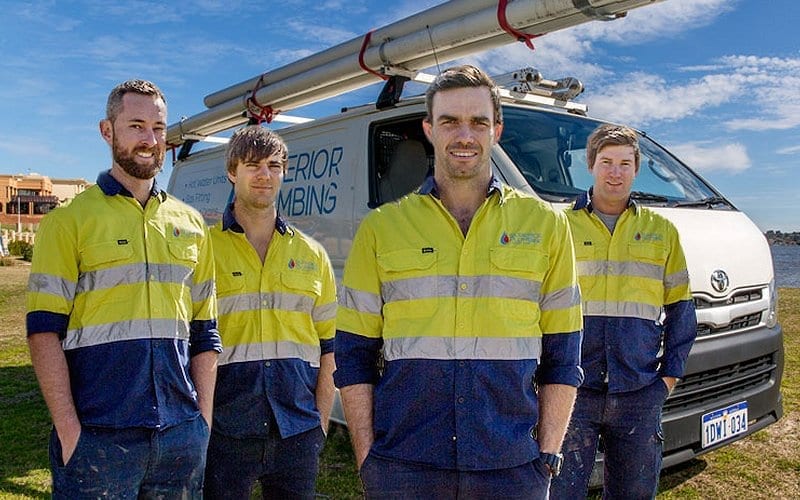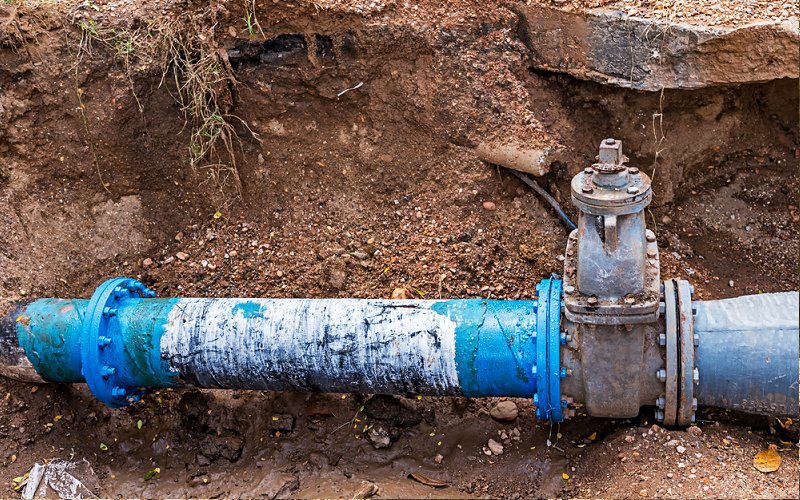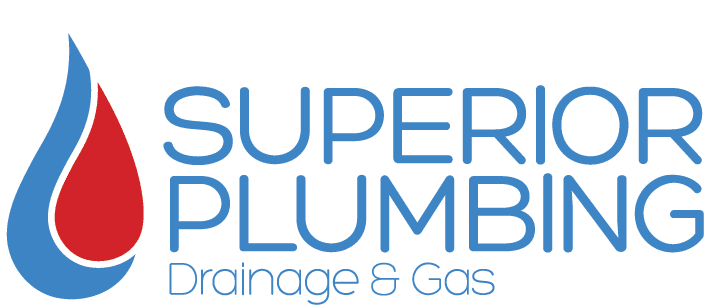Septic Sewerage Conversions

Once a common feature of households across Perth, septic tanks are gradually being phased out by connections to the mains sewerage systems. If you buy a property and find that you have a septic tank (especially if the house was built prior to the 1970s) you will need to get it decommissioned and your property connected to the Water Corporations sewer main. In fact, according to regulation, you have 10 years to do so. If you’re not sure of your access to water and sewer services, you can always check with the Water Corporation of Western Australia. They have an online search facility that lets you see the e-plans for the water mains, sewer mains and sewer junctions located in your property.
Decommissioning an old septic tank and converting it to a mains system is not always a straight forward job, and can involve major excavations or extensive pipework to bring it up to date. If you do need to have your septic tank converted, you should talk to a professional plumber such as Superior Plumbing who specialises in this area.
We do septic to mains sewerage conversions
Apart from the regulatory requirement to have your septic tank converted to mains sewerage within 10 years of the system being run past your property, there are several reasons to consider having it decommissioned sooner rather than later. These include:
- Regular maintenance and de-sludging. Over time the process of waste breakdown through bacteria used by septic tanks can cause build up within the tank. This will be particularly true with tanks that are ten or more years old as the bacteria becomes less efficient over a long period of time. This sludge will need to be removed on a regular basis to ensure it doesn’t clog up the outlet. The tank should also be checked routinely for any cracks or damage, to ensure it is in good working condition.
- Over time your septic tank will fill up, and will need to be fully pumped out to empty the contents. This process can cost a few hundred dollars, and it’s recommended that all septic tanks are pumped on at least an annual basis. A tank that fills up too quickly may be too small for the size of the property, and should be replaced completely.
- Issues with positioning of the tank. Unseated or unanchored septic tanks can actually come loose out of the ground during periods of heavy rainfall, and if the tank has been seated too low to the ground, it may take on stormwater, making it spill or leak into the surrounding areas.

- Health risks. Because of the dangerous nature of untreated sewerage, any contact with the contents of your septic tank can pose a serious health risk to you, your family or anyone else who comes into close proximity of the system. Unfortunately older tanks can develop leaks, but they may be so small you don’t even realise they’re there. One telltale sign of a septic tank that might be leaking is if the grass around the base of the tank is looking very green and healthy. Another is if there are areas of wetness at the top of your tank, or there is an unpleasant sewerage smell you notice coming from near the tank.
- The size of the tank. This can be an issue if you have just moved into a new property, or have recently changed the number of occupants on your property. Tanks that are too small is cope with the amount of sewerage flowing into them on a daily basis will develop problems such as leaking or overflowing. You may also find that a full tank will result in the sewerage in the toilet or other liquid waste from pipes may not drain very quickly or may stop altogether.
- The cost of replacing pipework. Your septic tank is connected to your property via a system of pipes (generally vitrified clay). Over time with normal wear and tear, these can become damaged or may need replacing. Extreme weather events such as storms and flooding can even dislodge the pipework, and they can become broken or misaligned through foot traffic or the movement of heavy vehicles. Getting these fixed can be costly, sometimes with many thousands of dollars’ worth of work and a major disruption to your sewerage system.
How does the conversion process work?

Our process for the decommissioning of your septic tank, and connecting your property up to the main sewerage system is governed by the regulations and guidelines set out by the Water Corporation. Once our qualified experts have reviewed your property and the extent of the conversion, we’ll be able to give you a free, no obligation quote for the cost of the job. We’ll also be able to give you a rough estimate for how long it will take. Obviously being without a fully functioning sewerage system can be challenging, so we aim to have the project completed as quickly as possible.
This first steps to moving you onto the mains sewerage system involve applying for approval through the Water Corporation. An application will need to be submitted via the BuilderNet online system they use, with any associated paperwork being given to the Plumbers Licensing Board. Thanks to our years of experience, we can liaise with the Water Corporation on your behalf, ensuring that all necessary steps are being followed to the letter.
On site, we will then find out if there is a sewer junction that is in place for the mains sewerage system. If we cannot find one, we’ll need to submit a request to have a new junction installed. Once this is in place or we have located the exiting junction, we can then decommission your tank. This involves a number of steps, including pumping out the existing contents and cleaning the interior, filling it with sand and burying it in the ground.
Any existing pipework that connected the tank to your property will need to be excavated and removed, with new PVC pipework laid to connect to the mains system. Depending on the size and complexity of your existing septic tank pipework, this may be take considerable time to complete. Once the project is finished, we will create and submit a plumbing diagram to the Building Commissions.
 Get the professionals on the job
Get the professionals on the job
Don’t put your conversion off assuming that it’ll cost you a lot or will be too disruptive to your property. As you can see, while the conversion process itself can be straight forward, there are many different elements that can make it challenging for property owners and plumbers alike.
Getting professionals who have decades of experience with decommissioning septic tanks and connecting up to the main sewerage system in Perth is critical to ensuring your conversion goes as smoothly as possible.


 Get the professionals on the job
Get the professionals on the job